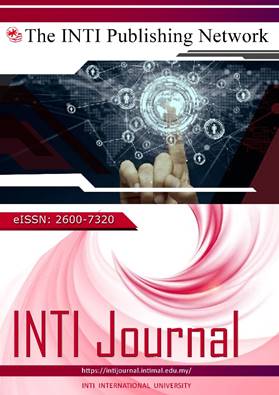Evaluating Safety Impact Factors in Construction Projects through Multi- Entity Collaboration Using AHP
DOI:
https://doi.org/10.61453/INTIj.202532Keywords:
Building construction, Safety management, Multi-agent, Evaluation system, Sustainable cities and communitiesAbstract
This paper investigates the multi-party participation in construction safety management as the entry point, combines the theory of stakeholders, and it aims to apply the Analytic Hierarchy Process to assess the safety status of construction projects. Following the logic of "elements → decisions → behaviors", it identifies the influencing factors of construction safety management and constructs a scientific and dynamic safety management evaluation system. The core entities involved in construction safety management, such as construction units, construction companies, supervision units, government departments, and employees, are identified, and their responsibility boundaries and coordination mechanisms are analyzed. The Delphi method and Analytic Hierarchy Process (AHP) are used to establish a multi-level evaluation index system consisting of five dimensions: "organizational management, technical execution, risk prevention and control, emergency response, and collaborative efficiency". We consider projects in Jinzhou as the research case study. It is found that the main safety factors affecting the construction process are management factors, technical factors and personnel factors, followed by equipment problems and environmental problems. The implementation of safety responsibility system, safety education and training, safety rules and regulations and contract management should be the main focus. The research shows that effective evaluation system can quantify the collaborative efficiency of multiple parties and provide theoretical support and practical paths for the innovation of safety management models in the construction industry.
Downloads
Published
How to Cite
Issue
Section
License
Copyright (c) 2025 INTI Journal

This work is licensed under a Creative Commons Attribution 4.0 International License.

